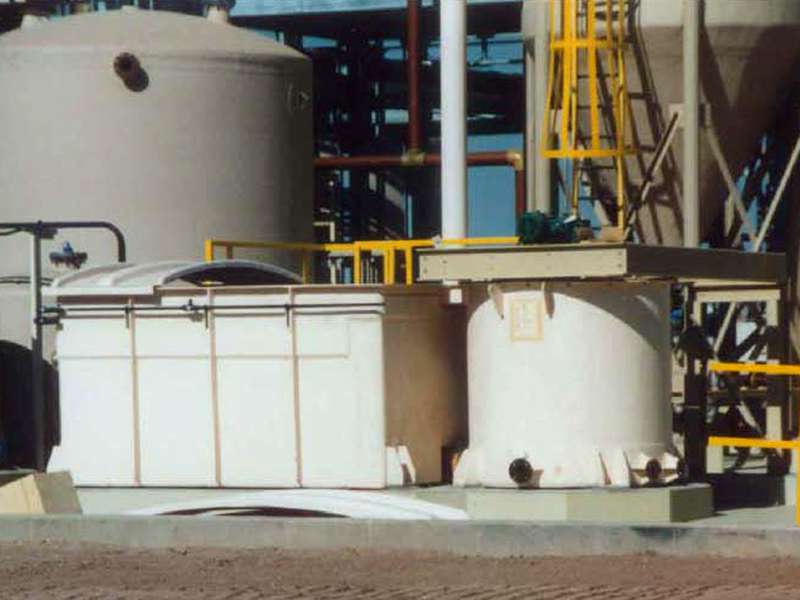
-
 Afrikaans
Afrikaans -
 Albanian
Albanian -
 Amharic
Amharic -
 Arabic
Arabic -
 Armenian
Armenian -
 Azerbaijani
Azerbaijani -
 Basque
Basque -
 Belarusian
Belarusian -
 Bengali
Bengali -
 Bosnian
Bosnian -
 Bulgarian
Bulgarian -
 Catalan
Catalan -
 Cebuano
Cebuano -
 China
China -
 China (Taiwan)
China (Taiwan) -
 Corsican
Corsican -
 Croatian
Croatian -
 Czech
Czech -
 Danish
Danish -
 Dutch
Dutch -
 English
English -
 Esperanto
Esperanto -
 Estonian
Estonian -
 Finnish
Finnish -
 French
French -
 Frisian
Frisian -
 Galician
Galician -
 Georgian
Georgian -
 German
German -
 Greek
Greek -
 Gujarati
Gujarati -
 Haitian Creole
Haitian Creole -
 hausa
hausa -
 hawaiian
hawaiian -
 Hebrew
Hebrew -
 Hindi
Hindi -
 Miao
Miao -
 Hungarian
Hungarian -
 Icelandic
Icelandic -
 igbo
igbo -
 Indonesian
Indonesian -
 irish
irish -
 Italian
Italian -
 Japanese
Japanese -
 Javanese
Javanese -
 Kannada
Kannada -
 kazakh
kazakh -
 Khmer
Khmer -
 Rwandese
Rwandese -
 Korean
Korean -
 Kurdish
Kurdish -
 Kyrgyz
Kyrgyz -
 Lao
Lao -
 Latin
Latin -
 Latvian
Latvian -
 Lithuanian
Lithuanian -
 Luxembourgish
Luxembourgish -
 Macedonian
Macedonian -
 Malgashi
Malgashi -
 Malay
Malay -
 Malayalam
Malayalam -
 Maltese
Maltese -
 Maori
Maori -
 Marathi
Marathi -
 Mongolian
Mongolian -
 Myanmar
Myanmar -
 Nepali
Nepali -
 Norwegian
Norwegian -
 Norwegian
Norwegian -
 Occitan
Occitan -
 Pashto
Pashto -
 Persian
Persian -
 Polish
Polish -
 Portuguese
Portuguese -
 Punjabi
Punjabi -
 Romanian
Romanian -
 Russian
Russian -
 Samoan
Samoan -
 Scottish Gaelic
Scottish Gaelic -
 Serbian
Serbian -
 Sesotho
Sesotho -
 Shona
Shona -
 Sindhi
Sindhi -
 Sinhala
Sinhala -
 Slovak
Slovak -
 Slovenian
Slovenian -
 Somali
Somali -
 Spanish
Spanish -
 Sundanese
Sundanese -
 Swahili
Swahili -
 Swedish
Swedish -
 Tagalog
Tagalog -
 Tajik
Tajik -
 Tamil
Tamil -
 Tatar
Tatar -
 Telugu
Telugu -
 Thai
Thai -
 Turkish
Turkish -
 Turkmen
Turkmen -
 Ukrainian
Ukrainian -
 Urdu
Urdu -
 Uighur
Uighur -
 Uzbek
Uzbek -
 Vietnamese
Vietnamese -
 Welsh
Welsh -
 Bantu
Bantu -
 Yiddish
Yiddish -
 Yoruba
Yoruba -
 Zulu
Zulu
sewage treatment fiberglass
The Role of Fiberglass in Sewage Treatment
Sewage treatment is a crucial process in managing wastewater and protecting the environment from pollution. As urbanization and industrialization continue to rise, the need for efficient sewage treatment solutions has never been more pressing. One innovative material that has gained popularity in this field is fiberglass. This article explores the significance of fiberglass in sewage treatment and its various applications.
Fiberglass, composed of fine glass fibers and a resin matrix, is renowned for its durability, corrosion resistance, and lightweight properties. These characteristics make it an ideal choice for various components used in sewage treatment facilities. One of the primary applications of fiberglass in sewage treatment is in the construction of tanks and basins. Traditional materials like concrete and steel can be susceptible to corrosion and require regular maintenance. In contrast, fiberglass tanks can withstand harsh chemical environments and reduce maintenance costs significantly.
The Role of Fiberglass in Sewage Treatment
The manufacturing of fiberglass reinforced plastic (FRP) components has also revolutionized the design of sewage treatment systems. FRP is often used to create custom fittings and covers for tanks, optimizing space and ensuring leak-proof performance. These custom solutions enhance the overall efficiency of treatment processes by minimizing the risk of contamination and introducing new methods for handling sewage.
sewage treatment fiberglass

In addition to their practical benefits, fiberglass materials contribute to sustainability efforts in sewage treatment. Their longevity translates to reduced waste, as fiberglass components do not require frequent replacements. This durability goes hand in hand with environmental conservation, as lower maintenance means reduced resource consumption over time.
Moreover, the lightweight nature of fiberglass allows for more energy-efficient transportation and installation processes. As sewage treatment facilities strive for greener practices, the use of fiberglass aligns well with sustainability goals.
The adaptability of fiberglass materials also extends to the retrofitting of existing sewage treatment infrastructure. Many older plants can benefit from the incorporation of fiberglass components, which can improve system performance without the need for costly overhauls. This flexibility is critical as municipalities look to modernize their treatment systems in response to evolving regulations and increasing demand.
In conclusion, fiberglass plays a vital role in modern sewage treatment facilities, offering durability, corrosion resistance, and flexibility. Its applications in tanks, pipes, and custom components not only enhance the efficiency and effectiveness of sewage treatment but also contribute to sustainable practices. As the need for effective wastewater management grows, embracing innovative materials like fiberglass will be essential in ensuring the health of our environment and communities.
Latest news
-
Exploring the Benefits of Top Hammer Drifter Rods for Enhanced Drilling PerformanceNewsJun.10,2025
-
High-Precision Fiberglass Winding Machine for GRP/FRP Pipe Production – Reliable & Efficient SolutionsNewsJun.10,2025
-
FRP Pipes & Fittings for Shipbuilding - Corrosion-Resistant & LightweightNewsJun.09,2025
-
Premium FRP Flooring Solutions Durable & Slip-ResistantNewsJun.09,2025
-
Premium Fiberglass Rectangular Tanks Durable & Lightweight SolutionNewsJun.09,2025
-
Tapered Drill String Design Guide Durable Performance & UsesNewsJun.09,2025









